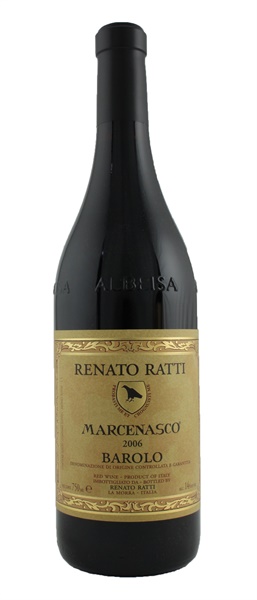
Image above is an example. To view the image of the lot, click the item number.
Estimate
Deep, ripe, highly aromatic nose combines black raspberry, currant, tar and licorice. Big, rich and sweet but with firm balancing acidity: lots of wine here. Finishes with big, broad but suave tannins that build impressively as the wine...
Sweet red cherries, tar, licorice, spices, herbs and French oak are some of the nuances that come together in this lithe, feminine Barolo. Deceptively medium in body...shows lovely palate presence...a vibrant, well-articulated finish.